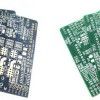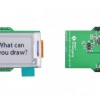I Fried a Servo So You Don't Have To
Ever wondered what a servo motor looked like inside the casing? Well, I fried one (two actually) for you so you don’t have to open one up.
Servo motors, it turns out, can be fried quite easily. In fact, two of them fried due to my carelessness in less than a 10-minute span (in my defense, I'm fairly new to electronics). To avoid the distinctive, accompanying smell and disappointment, I now take care when plugging in my servos. But on the plus side, now we can take a simplified look at the anatomy of a servo.
Servos come in a wide variety of colors, shapes, and sizes, but there are main parts all servos include:
- Controller PCB – this is where the data from the main brain is turned into output and controls the motor movements
- Motor – this component powers the revolutions. If you want it to turn in the opposite direction, you reverse the power.
- Feedback Pot – moves with the drive shaft and detects the limits of the rotation by the resistance of the Pot, this info is taken in by the controller PCB to know the angle of the drive shaft.
- Gearbox – Turns with the motor’s revolution and drives the feedback pot
- The drive shaft – This is what drives the arm and should position it according to the programming done in the IDE
In my case, I fried our Plastic Analog Servos and then took one apart. Check out the breakdown photos below:
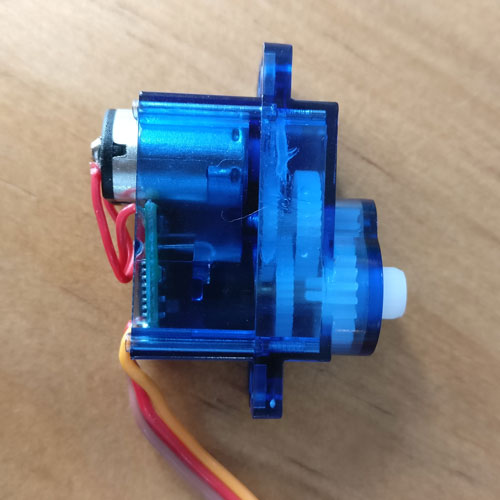
Here is the hookup between the motor and controller PCB.
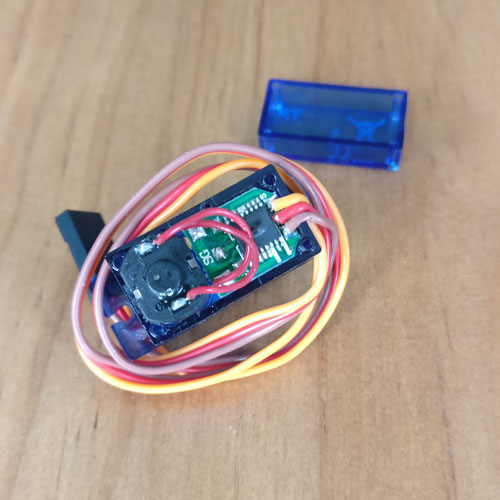
Below is the gearbox that drives the drive shaft. Notice the gear that is attached to the top of the motor (inside the casing), that's popping out of the gearbox, it's set up to drive the gears or reverse them according to how the motor runs.
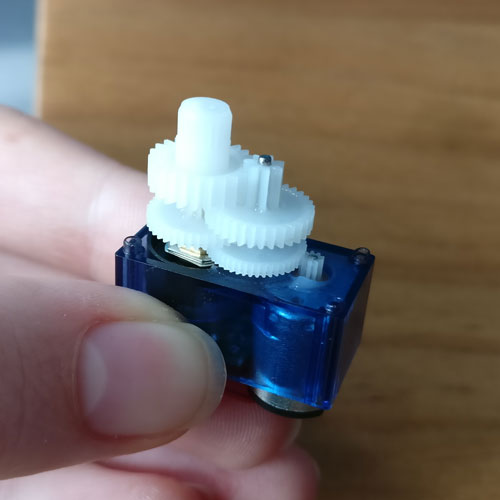
Here you can see the feedback Pot underneath the gearbox. Notice the two black tabs that protrude from the edges, from this you can tell it's not a continuous rotation servo since the metal pieces attached to the pot cannot make a 360-degree rotation with them in the way.
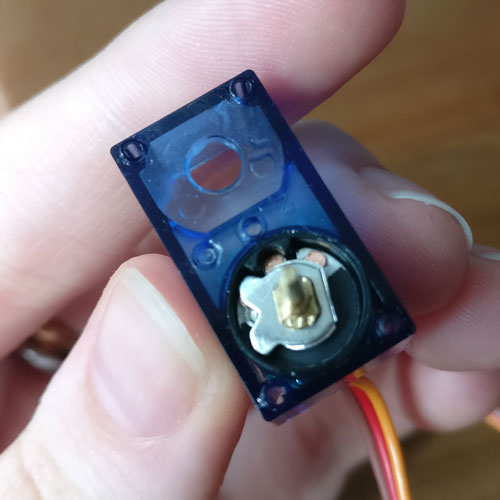
Take a look at all the servo's components disassembled.
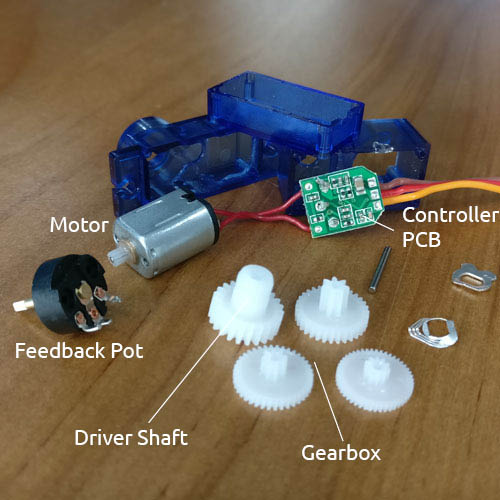
So, now that your curiosity about the inside of a servo has been slaked remember, red is power, black (or brown) is GND, and yellow (or orange) is the signal wire.
Red = Power.

